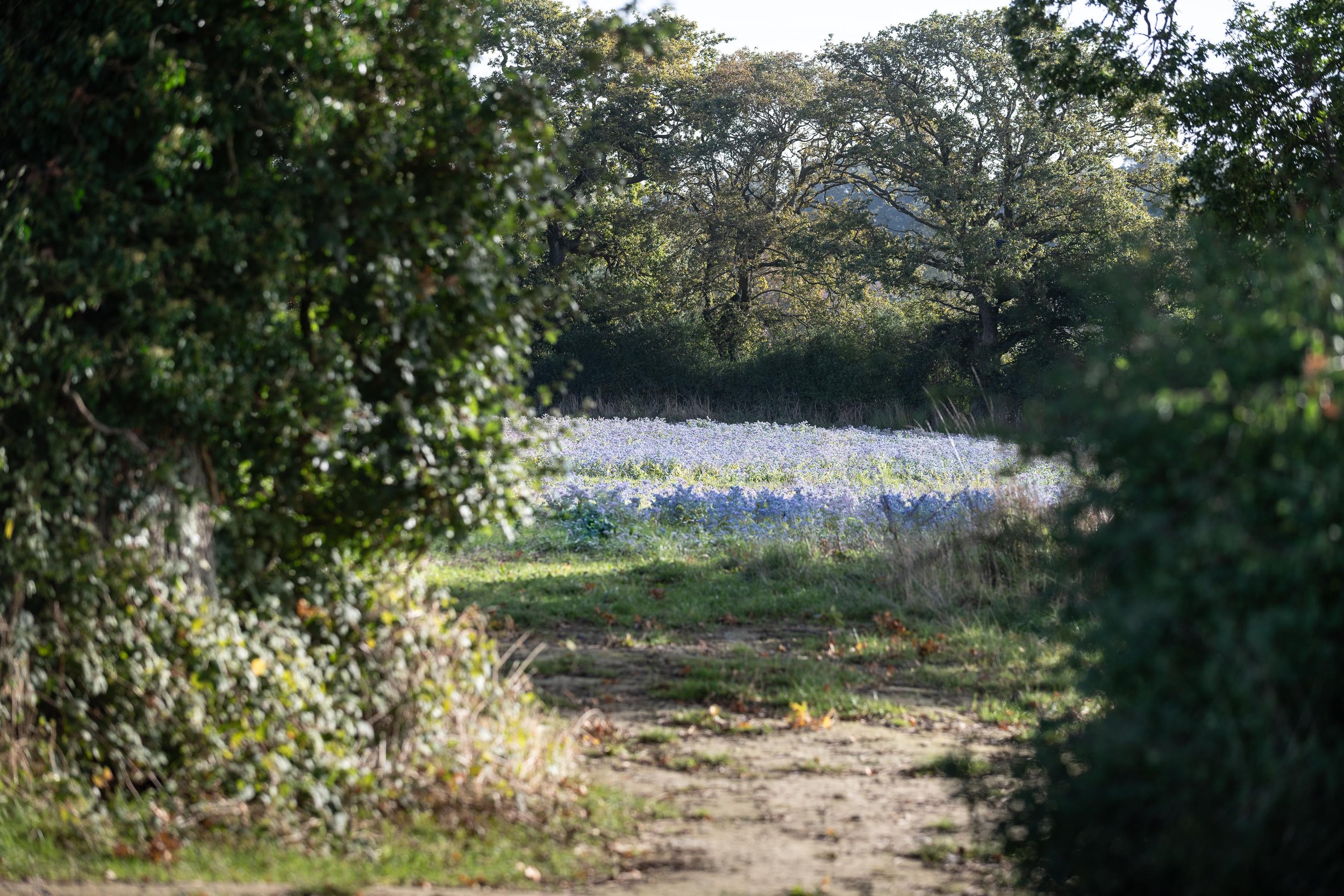History
The manor of Manydown at Wootton is mentioned in the Domesday Survey of 1086, although its origins are believed to date back even further.
For centuries the Estate was largely wooded, providing timber for construction and boatbuilding. Records show that oak was supplied to Winchester Cathedral for the reconstruction of the nave in 1390. Six hundred years later, Manydown oak was used in the rebuilding of York Minster’s South Transept following the fire in 1984.
1400’s - 1800’s
In 1449, William Wither - whose family had lived at Manydown as tenants since at least 1402 - purchased the manor, commencing a long and eventful connection between his descendants and Manydown.
In 1789, the last Mr Wither died without an heir, and the Reverend Lovelace Bigg, a cousin, inherited the Estate. Bigg and his two sons changed their surnames to “Bigg-Wither”. Harris Bigg-Wither - who famously proposed to the author Jane Austen who initially accepted, then rejected the offer - inherited Manydown in 1813, but chose to live in nearby Tangier Park, which was later bought by his son.
The long association of the manor with the Wither and Bigg-Wither family ended when the Estate was purchased in 1871 by Sir Edward Bates. Sir Edward's grand-nephew, Col. S. Arthur Bates, was the last “lord of the manor” at Manydown. In 1962 an auction was held to sell the Estate's moveable property, and two years later the manor house was finally pulled down.
1900’s Present
Arthur Bates’ only daughter Anne inherited the Estate in 1958 and her husband Lt Col John Oliver-Bellasis left the Army to manage it, focusing on reinvigorating the traditional mixed farm with cereals, beef and sheep.
The Estate was later passed to sons Charles and Hugh who oversaw a large-scale refurbishment of tenant properties between 1955 and 1990. A farm shop was opened selling beef, lamb, chicken and pork that had been reared on the Estate.
In the 1980s, the Estate became a forerunner in conservation projects, researching and identifying the effects of herbicides and insecticides, establishing conservation headlands and beetle banks, and managing miles of hedgerows.
Since the Oliver-Bellasis brothers relinquished management responsibilities in 2008, the Estate has been run by The Manydown Company's Board of Directors who are committed to continuing the good work of the Oliver-Bellasis family and operating a progressive estate.




